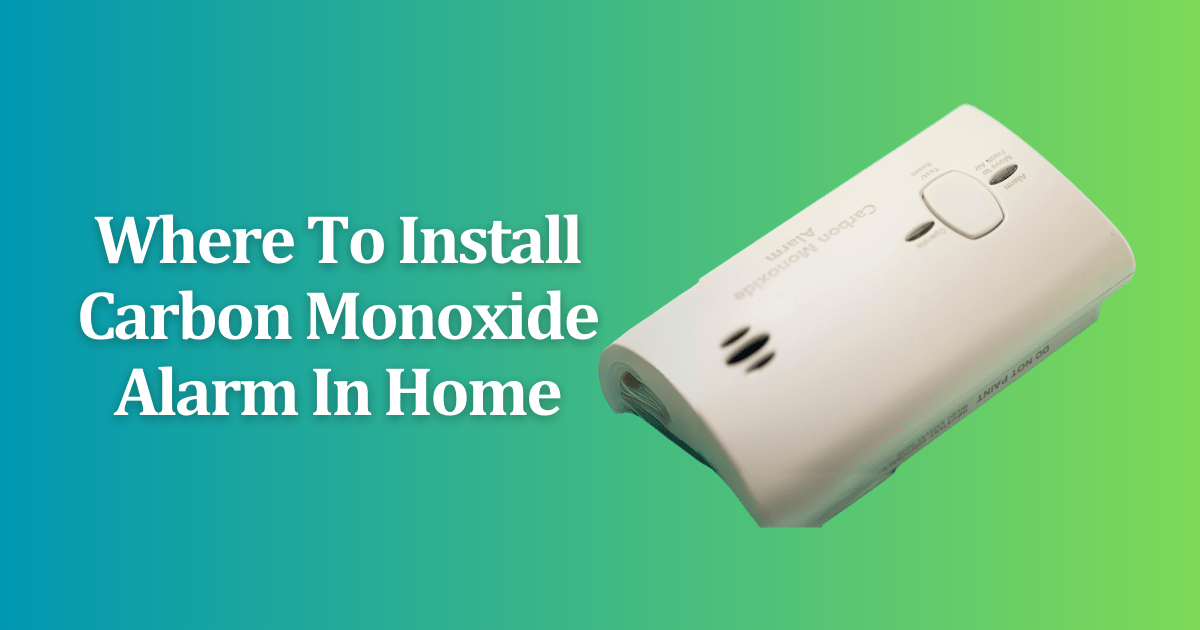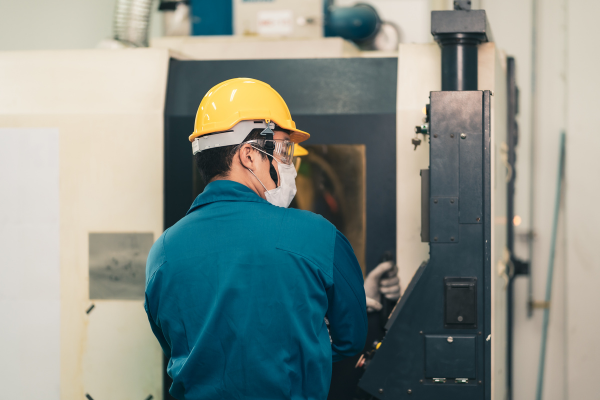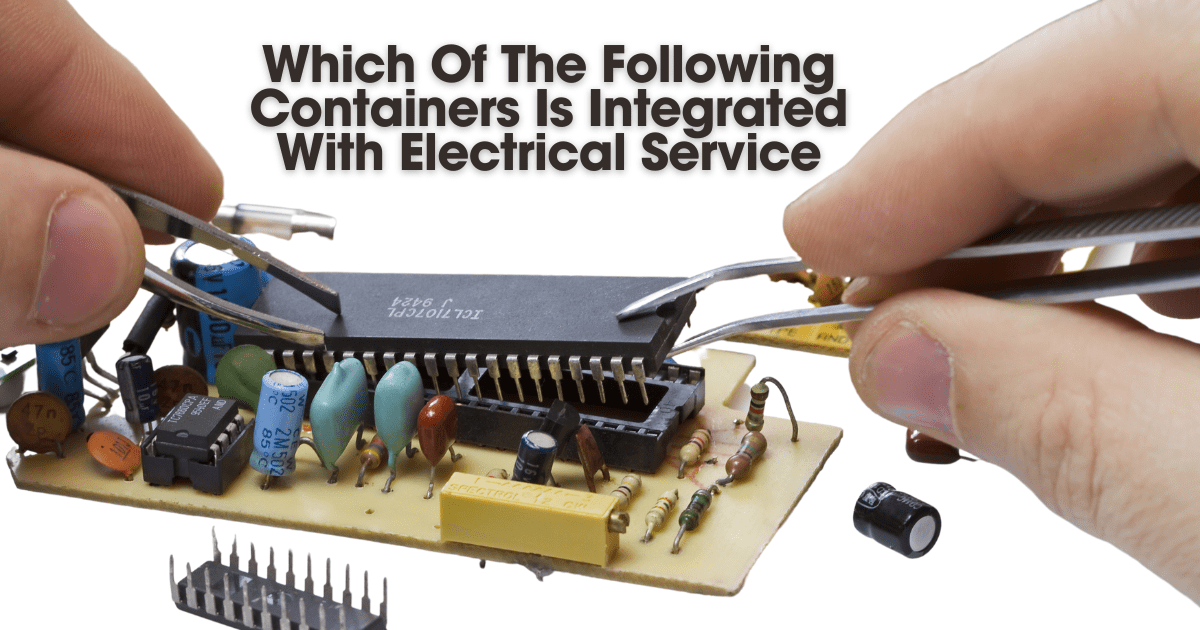Too Many Requests from Your Network
Please complete verification to access this content.
A colourless, odourless gas that seriously jeopardizes your home’s security is carbon monoxide (CO). Installing carbon monoxide alarms is essential to safeguard your home from this quiet threat. In this tutorial, we’ll go through the central locations for carbon monoxide alarm installation to provide complete protection and peace of mind.
Around Bedrooms:
Install a carbon monoxide detector in or close to each bedroom so that they can be notified immediately if high CO levels are found while the residents are asleep.
On All Fronts:
Set up alarms in your house on all floors, including the basement. Since CO is known to build up in confined areas, various alarm levels guarantee prompt detection regardless of the gas’s source.
In the cooking area:
Setting up an alarm in or close to the kitchen can notify you of possible CO emissions from gas stoves or other appliances, but not too close to prevent false alarms caused by culinary activity.
Next to Affixed Garages:
Install an alarm near the entrance of your attached garage if you have one to detect any carbon monoxide that may enter the house from moving cars.
Close to Appliances and Furnaces:
Set up alarms next to fuel machines, like gas dryers, water heaters, and furnaces. In locations where CO production is most likely to occur, this allows for early detection.
In Common Areas and Hallways:
Ensure the hallways and common areas are covered to give your whole family a complete safety net.
Installing Advice:
Observe the installation instructions provided by the manufacturer, taking note of the suggested separations between appliances and any CO sources.
Alarms should not be placed next to doors, windows, or vents since outside air can dilute CO levels and interfere with the alarm’s accuracy.
To ensure alarms function well, test them frequently and change the batteries as necessary.
In summary:
A vital first step in protecting your family from the hazards of this odourless gas is to install carbon monoxide alarms in critical areas of your house. By installing alarms in the kitchen, next to attached garages, on every floor, near bedrooms, and next to fuel-burning appliances, you can build a complete safety net to identify and notify you of possible CO threats.
Recall that a carbon monoxide alarm is a critical component of your home’s defence against this quiet menace. You and your loved ones may rest easy knowing that your home is safe and secure because these gadgets are regularly maintained, tested, and adhered to safety regulations.


